When it comes to software development, there are numerous methodologies to choose from, each with its own strengths and weaknesses. Two of the most popular approaches are Agile and Waterfall. In this post, we’ll delve into the details of each methodology, exploring their advantages, disadvantages, and suitability for different projects.
Agile Methodology: Embracing Flexibility and Adaptability
Agile is an iterative and incremental approach to software development. It emphasizes flexibility, adaptability, and continuous improvement. The Agile framework is built around the following core values:
-
Individuals and interactions: People and communication are more important than processes and tools.
-
Working software: Working software is more valuable than comprehensive documentation.
-
Customer collaboration: Collaboration with customers is more important than contract negotiation.
-
Responding to change: Being responsive to change is more valuable than following a plan.
Agile projects are typically divided into smaller chunks, called iterations or sprints. Each iteration delivers working software, which is then reviewed and refined in subsequent iterations. This approach allows for rapid response to change, continuous improvement, and high customer satisfaction.
Waterfall Methodology: Prioritizing Predictability and Structure
Waterfall, on the other hand, follows a linear and sequential approach to software development. It emphasizes predictability, structure, and a clear understanding of the end product. The Waterfall model is built around the following phases:
-
Requirements gathering: Collecting and documenting requirements.
-
Design: Creating a detailed design and architecture.
-
Implementation: Writing the code.
-
Testing: Testing the software.
-
Deployment: Deploying the software.
Waterfall projects follow a phased approach, where each phase is completed before moving on to the next. This methodology emphasizes predictability, structure, and a clear understanding of the end product.
Agile vs Waterfall: A Comparison
So, how do Agile and Waterfall compare? Here’s a summary of their main differences:
-
Approach: Agile is iterative and incremental, while Waterfall is linear and sequential.
-
Flexibility: Agile is highly flexible, while Waterfall is more rigid.
-
Customer involvement: Agile involves customers throughout the development process, while Waterfall has limited customer involvement.
-
Documentation: Agile has minimal documentation, while Waterfall has extensive documentation.
-
Risk management: Agile adapts to change, while Waterfall predicts and mitigates risks.
Choosing the Right Methodology
So, which methodology is right for your project? It depends on your project’s specific needs, team size, and customer requirements. If you need flexibility and adaptability, Agile might be the way to go. If you prefer predictability and structure, Waterfall could be the better choice.
Conclusion
In conclusion, both Agile and Waterfall have their own strengths and weaknesses. By understanding the advantages and disadvantages of each approach, you can make an informed decision and choose the Software Development Methodologies that best suits your project’s needs. Remember, there’s no one-size-fits-all approach to software development – it’s essential to be flexible and adapt to changing requirements when selecting a Software Development Methodologies.
Read our latest blog
